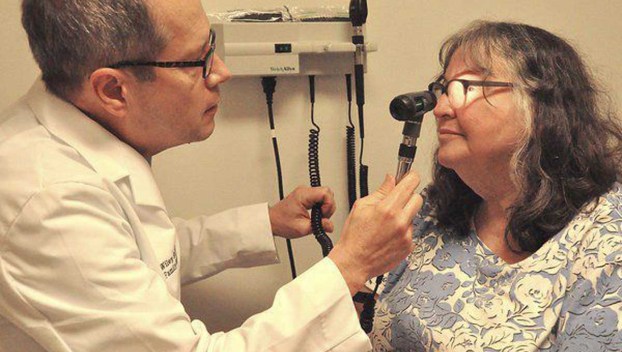
Ga Fl News
Dalton City Council looks to keep health clinic in community center open as operator says it may leave
DALTON, Ga. — The Partnership Health Center in Dalton’s Mack Gaston Community Center could close at the end of ... Read more

DALTON, Ga. — The Partnership Health Center in Dalton’s Mack Gaston Community Center could close at the end of ... Read more
OKLAHOMA CITY — Cynthia Sanford would love to expand her McAlester medical clinic so that she can treat ... Read more